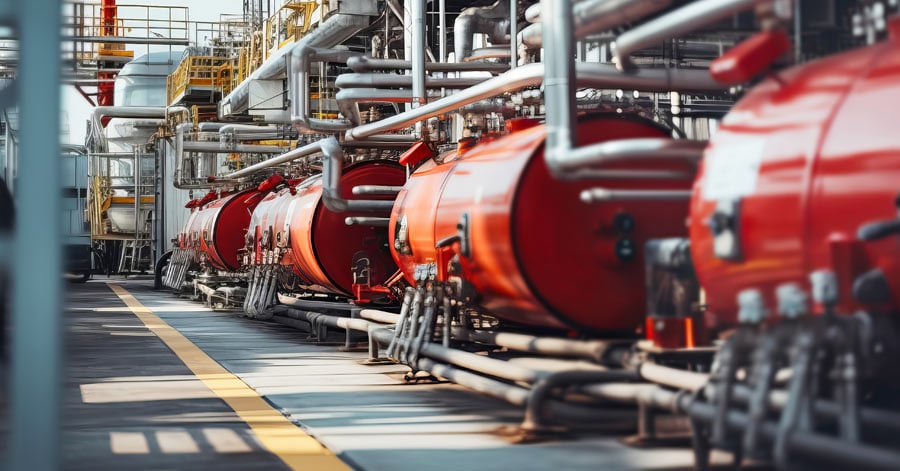2 min read
Ammonia Shortage Triggers Supply Chain Ripple Effect
Tecnon OrbiChem
:
Nov 17, 2021 12:00:00 AM

South Korea’s urea supply crunch is a stark reminder of the value in supply chain diversification.
With very little means of meeting its own urea needs, South Korea imports most of its urea from China. News agency Yonhap said South Korea’s imports of urea from China up to Q4 2021 exceeded 97%.
In a bid to meet climate goals, the Chinese government introduced dual control measures to limit fuel use and lower energy intensity. That move – alongside coal shortages due to a reduction in Australian coal imports – has led to China tightening its controls on exports of chemicals. The situation has prompted South Korea to scramble for new supplies from natural gas-rich countries around the world.
Urea-based Emission System
In recent weeks, motorists in South Korea have been panic buying a urea solution amid the general chemical shortage. The country’s diesel vehicles, including heavy lorries, feature an emissions control method called a selective catalytic reduction system. It injects a fine spray of the urea solution into the exhaust, which breaks the liquid down into ammonia and reduces the nitrogen oxides in the exhaust gases to nitrogen. Without it, the vehicle simply does not run.
The equipment can be damaged if the urea solution runs out. DIY DEF production using solid urea and water is not so easy. It is necessary to use deionized water or the catalyst in the exhaust system gets damaged.
Europe's version of DEF is sold under the trade name AdBlue, a product that is likely to see price rises this winter.
A Knock-on from Global Ammonia Shortages
Urea is directly synthesized from carbon dioxide and ammonia. As such, the three-fold increase in international ammonia prices driven by higher natural gas costs has tightened supplies globally. As seen in the business intelligence platform OrbiChem360, October’s focus on polyamide (PA) and intermediates showed how dwindling ammonia supply has helped push Europe’s PA 66 economics to ‘critical’ levels.
Ammonia’s main use is in fertilizer production. Urea’s high nitrogen content is a leading product in this. Tecnon OrbiChem senior advisor Charles Fryer said: “Farmers have balked at high prices for fertilizers since they are not sure that the extra cost will be covered by the income from their crops.
“Poor sales have already resulted in shutdowns of fertilizer plants in the UK, which the government subsidized to have reopened. This is because the by-product carbon dioxide has important outlets in the food and drink production chains.”
Tecnon OrbiChem’s Takeaway
Why have other countries not hit the headlines with this problem? Probably because they have reliable sources of urea from a range of origins. They may have complained about the sharp escalation in costs but have just paid up to keep fleets of lorries running.
How long will the shortage last? Probably through the winter, though natural gas prices have subsided as some of the panic has gone out of the market. However, Europe is highly dependent on natural gas supplies from Russia, so there is still anxiety that home heating could be affected, probably a greater political worry than fertilizer plants stopping. Motorists in Europe have seen diesel prices escalate in recent months and may complain if AdBlue prices follow, but probably they will just pay up.
Sign up for our newsletter to stay up to date on the latest insights and market trends in the global chemical industry.
Tecnon OrbiChem provides wide-ranging expertise to assist clients optimize new chemical ventures. Email info@orbichem.com.




